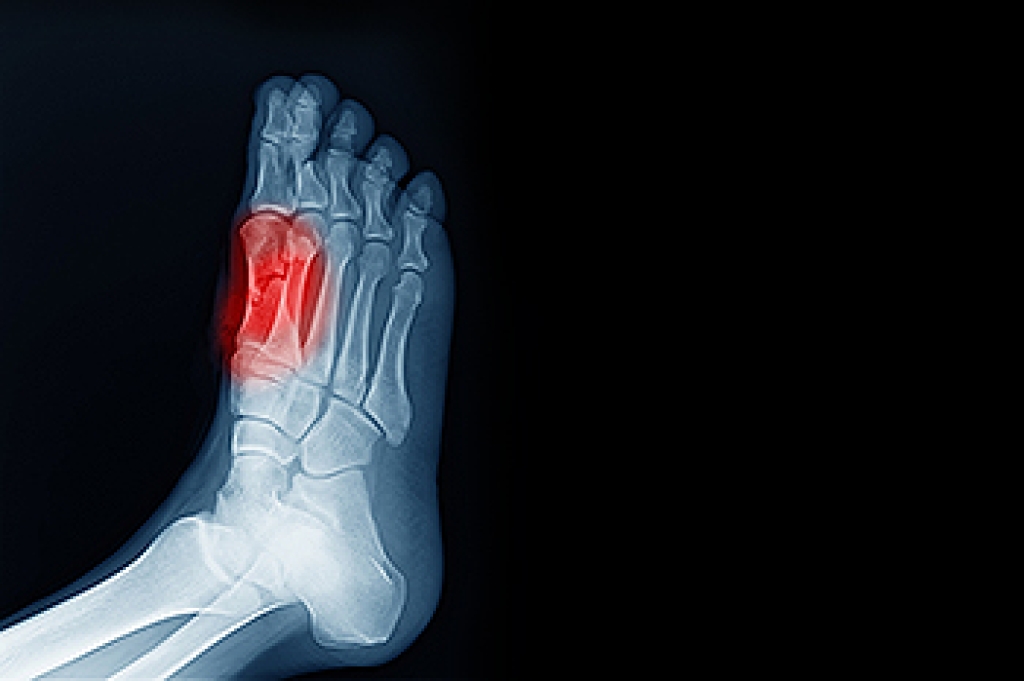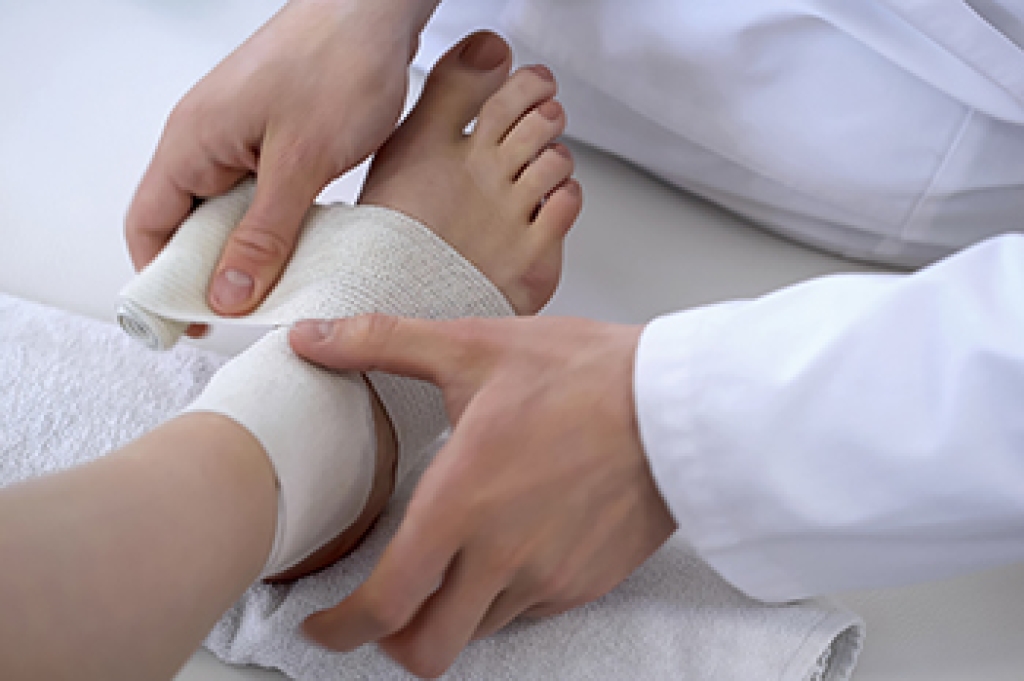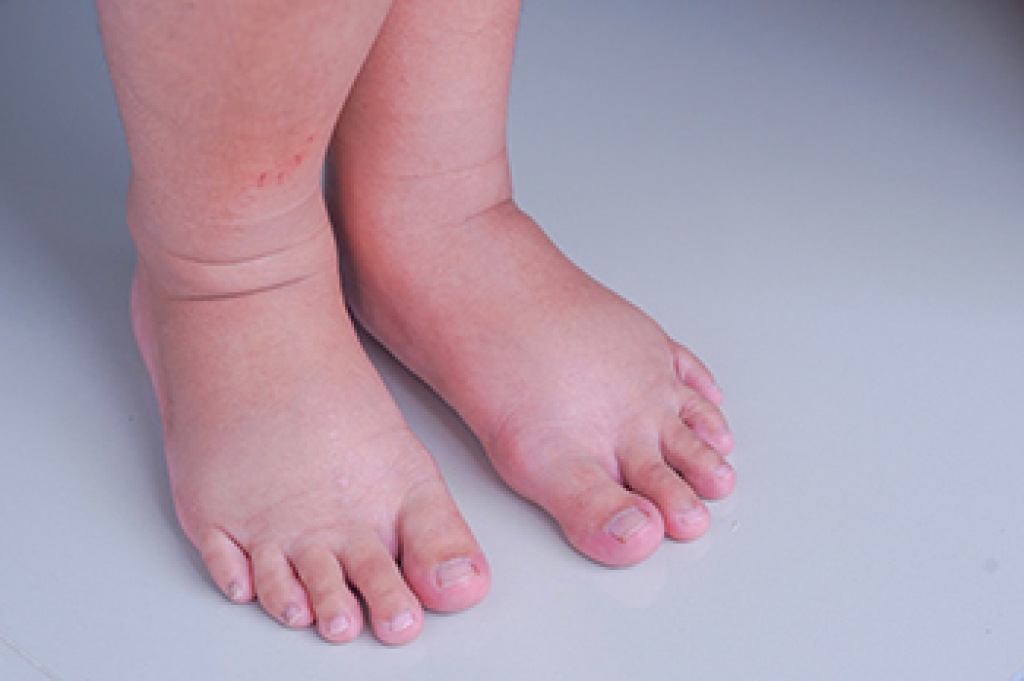
The arches of the feet play critical roles to the overall health of the body. For example, the arches of the feet can serve as springs, facilitating motion and absorbing shock. However, this important part of the human foot can be negatively impacted during pregnancy. Specifically, the added weight that a pregnant woman gains throughout the pregnancy can put extra pressure on the feet. As a result, the arch may sink to the floor, and the pregnant woman may develop flat feet. This is also compounded by the fact that a pregnant woman’s body releases a hormone called relaxin that facilitates the loosening of the foot’s ligaments. If you are pregnant or are planning to be, it is strongly suggested that you contact a podiatrist today who can provide you with useful information regarding the health of your feet during this time.
Pregnant women with swollen feet can be treated with a variety of different methods that are readily available. For more information about other cures for swollen feet during pregnancy, consult with one of our podiatrists from DeCaro Total Foot Care Center. Our doctors will attend to all of your foot and ankle needs.
What Foot Problems Can Arise During Pregnancy?
One problem that can occur is overpronation, which occurs when the arch of the foot flattens and tends to roll inward. This can cause pain and discomfort in your heels while you’re walking or even just standing up, trying to support your baby.
Another problem is edema, or swelling in the extremities. This often affects the feet during pregnancy but tends to occur in the later stages.
How Can I Keep My Feet Healthy During Pregnancy?
- Wearing orthotics can provide extra support for the feet and help distribute weight evenly
- Minimize the amount of time spent walking barefoot
- Wear shoes with good arch support
- Wear shoes that allow for good circulation to the feet
- Elevate feet if you experience swelling
- Massage your feet
- Get regular, light exercise, such as walking, to promote blood circulation to the feet
If you have any questions please feel free to contact our office located in West Hatfield, MA . We offer the newest diagnostic and treatment technologies for all your foot and ankle needs.








